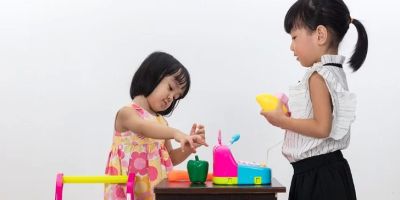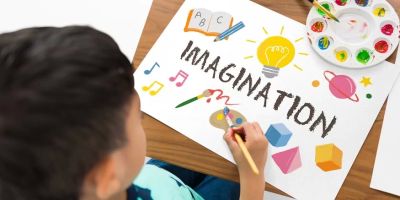The Importance of Toys in Teaching Children About Different Cultures
As a parent or educator, finding creative ways to help children understand and appreciate the diversity of cultures around the world can be a challenge. Fortunately, toys can be a powerful tool in promoting cultural awareness and learning. Through carefully chosen toys, children can engage in imaginative play that opens their minds to new ideas, traditions, and perspectives. In this article, I will explore how toys help teach kids about different cultures and provide some examples of toys that serve this purpose.
1. Cultural Diversity Through Representation in Toys
One of the most important ways toys can promote learning about different cultures is through representation. When children play with dolls, action figures, or puzzles that represent a variety of cultures, they are introduced to different traditions, lifestyles, and values. For example, dolls dressed in traditional clothing from various cultures allow children to explore the richness of diverse societies without leaving their homes. This kind of representation helps children understand that diversity is something to be celebrated, rather than feared or misunderstood.
2. Encouraging Empathy and Global Understanding
Toys that highlight diverse cultures can also foster empathy and global understanding. For instance, when children use toys like world maps, globe models, or multicultural puzzles, they not only learn about the physical layout of the world but also about the people who live in different regions. Such educational toys allow children to visualize different cultures and traditions, which helps them develop a more empathetic view of people from various backgrounds. Playing with toys that reflect other cultures encourages children to relate to others’ experiences and to recognize that while we all have different customs, we share common human experiences.
3. Storytelling and Roleplay to Enhance Cultural Knowledge
Roleplay is another powerful way toys can help children learn about different cultures. When children use toy sets that encourage storytelling, such as kitchen sets, marketplaces, or animal figurines representing various cultures, they can create their own scenarios that incorporate cultural elements. These toys not only engage children in creative play but also allow them to explore cultural practices such as traditional cooking, celebrations, or farming techniques. By telling stories through play, children begin to internalize the cultural practices they see in their toys.
4. Learning Through Food and Cooking Toys
Food is an integral part of every culture, and cooking toys can be an excellent way to teach children about cultural diversity. There are many toy kitchen sets that come with utensils, cookware, and food items from various cuisines around the world. These toys help children learn about food as a reflection of culture. For example, a sushi-making kit can teach children about Japanese culture, while a taco set can introduce them to Mexican food traditions. These toys not only promote imaginative play but also spark an interest in learning more about the foods that define different cultures.
5. Books and Board Games Featuring Cultural Themes
Books and board games that explore cultural themes are also an excellent way to promote learning about diversity. Many children’s books tell stories set in various parts of the world, featuring characters from different cultures. These books help kids develop an appreciation for diversity and broaden their worldview. Similarly, board games that focus on cultural themes, such as world trivia or geography-based games, can teach children about the history, geography, and people of various nations. Such toys make learning fun and interactive, offering a playful way to explore other cultures.
6. Toys for Understanding Traditional Clothing and Art
Many traditional art forms and clothing styles can be explored through toys that represent various cultural garments and artwork. For example, children can use clothing dolls that reflect attire from different parts of the world, learning about different fabrics, patterns, and accessories that are significant to specific cultures. Art sets that encourage children to create crafts, pottery, or even textiles based on cultural traditions can also help deepen their understanding of cultural heritage and artistic expression. By engaging in creative projects, children can not only learn about other cultures but also gain hands-on experience with their art forms.
7. Recommended Toys for Promoting Cultural Learning
Here are a few examples of toys that can help teach children about different cultures:
- International Dolls: Dolls from different countries, dressed in traditional outfits, help children explore the cultures and traditions of various nations.
- World Puzzles: Puzzles featuring maps or monuments from around the world encourage children to learn geography while discovering the landmarks that are central to other cultures.
- Cultural Cooking Sets: Toy cooking sets with ingredients and cooking tools from different countries, like sushi kits or taco-making sets, allow children to explore global cuisines.
- Multicultural Books: Books with characters from various backgrounds teach children about the experiences, traditions, and stories from around the world.
- World Music Instruments: Musical toys like drums, maracas, or tambourines from different cultures introduce children to the sounds and rhythms of the world.
By incorporating these toys into playtime, children are not only entertained but are also learning about the diverse world they live in. When children understand and appreciate cultural diversity, they are better equipped to navigate a globalized society with respect and empathy for others.





